A common benefit of massage is increased capillarisation. Increased capillarisation is where the muscles are surrounded by an increase in capillaries that help supply them with an increase in oxygen. Various techniques are used throughout a massage to help to increase capillarisation. Increased capillarisation can help increase relaxation and decrease pain. Our massage therapists at Physio.co.uk use massage to increase capillarisation and help improve circulation and the effects of activity.
What is increased capillarisation?
Increased capillarisation is the formation of an increase in capillaries that surround a muscle. Capillaries are small blood vessels located within the body's tissues that help to transfer blood to and from the muscles. An increase in capillaries results in an increase in blood flow to the muscles. An increase in blood flow provides muscles with increased supplies of oxygen and nutrients that give an increase in energy. When capillarisation is increased, muscles are able to work for longer periods of time without fatiguing. A massage stimulates the formation of an increase in capillaries to help improve muscle condition. Increasing capillarisation through massage helps to provide a steady supply of blood to muscles to help maintain their strength and health. Increasing capillarisation through massage can help treat delayed onset muscle soreness and can decrease muscle tightness.
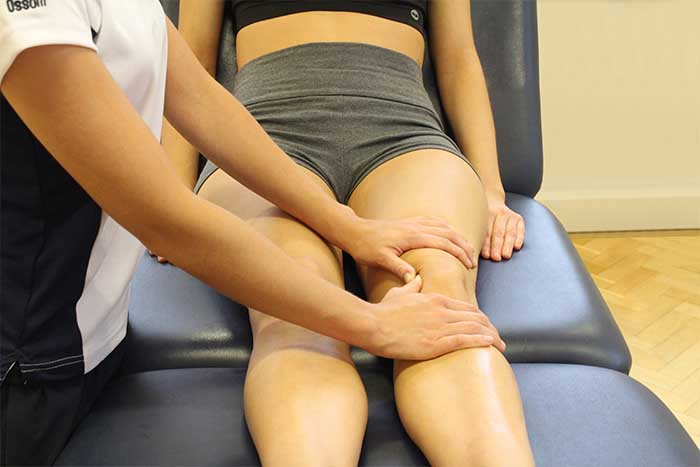
What are the benefits of increased capillarisation?
Increased capillarisation can have many benefits. Common benefits of increased capillarisation include:
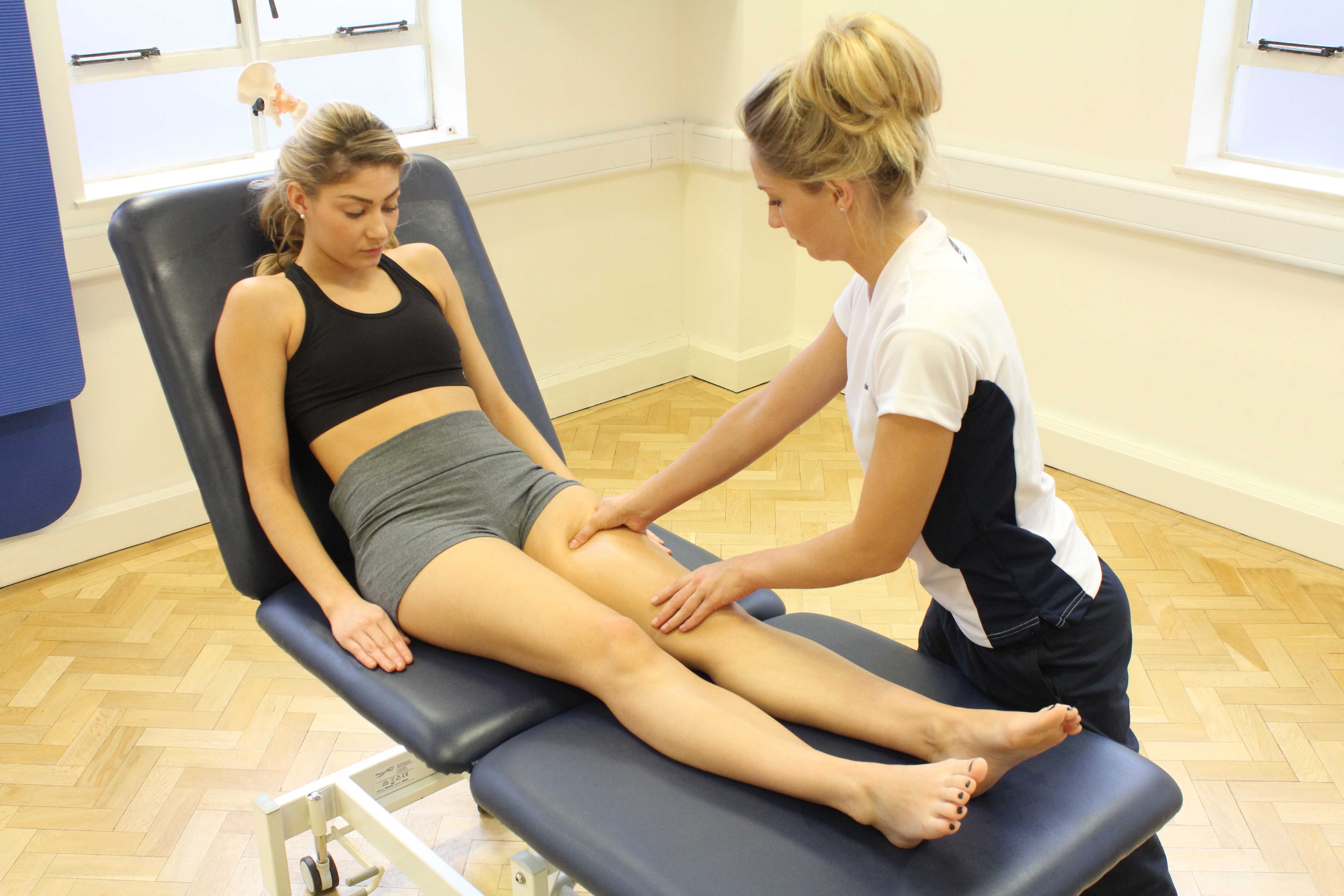 Above: Soft tissue massage of the quadricep muscles to improve circulation flow.
Above: Soft tissue massage of the quadricep muscles to improve circulation flow.Increased capillarisation aids in the maintenance of healthy muscles. An increase in capillaries provides muscles with an increase in blood flow. An increase in blood flow supplies muscles with an increase in oxygen and nutrients. Oxygen and nutrients are essential products needed by muscles to help prevent muscle damage, fatigue and weakness. An increase in the supply of the essential products helps to maintain muscles strength and health.
Increased healing is a common benefit gained when capillarisation is increased. Damage can occur to the body for many reasons. The most common causes include injury and surgery. When muscles become damaged, they weaken and fatigue more easily, slowing down the healing process. An increase in capillaries helps to increase healing by improving blood flow to the site of injury. Improving blood flow provides muscles with an increase in oxygen that gives muscle energy and so reduces muscle fatigue and weakness. An improvement in blood flow also supplies muscles with an increase in nutrients. An increase in nutrients helps to repair damaged tissues and increase healing.
Increased capillarisation can improve circulation. During activity, blood pressure increases as the demand for oxygen to be delivered to the working muscles rises. In order to meet the rise in demand of oxygen to be delivered, an increase in capillaries occurs. Capillaries are small blood vessels that help transport blood to and from muscles within the body. When capillarisation increases, the amount of blood that can be transported to and from muscles also increases, therefore improving circulation.
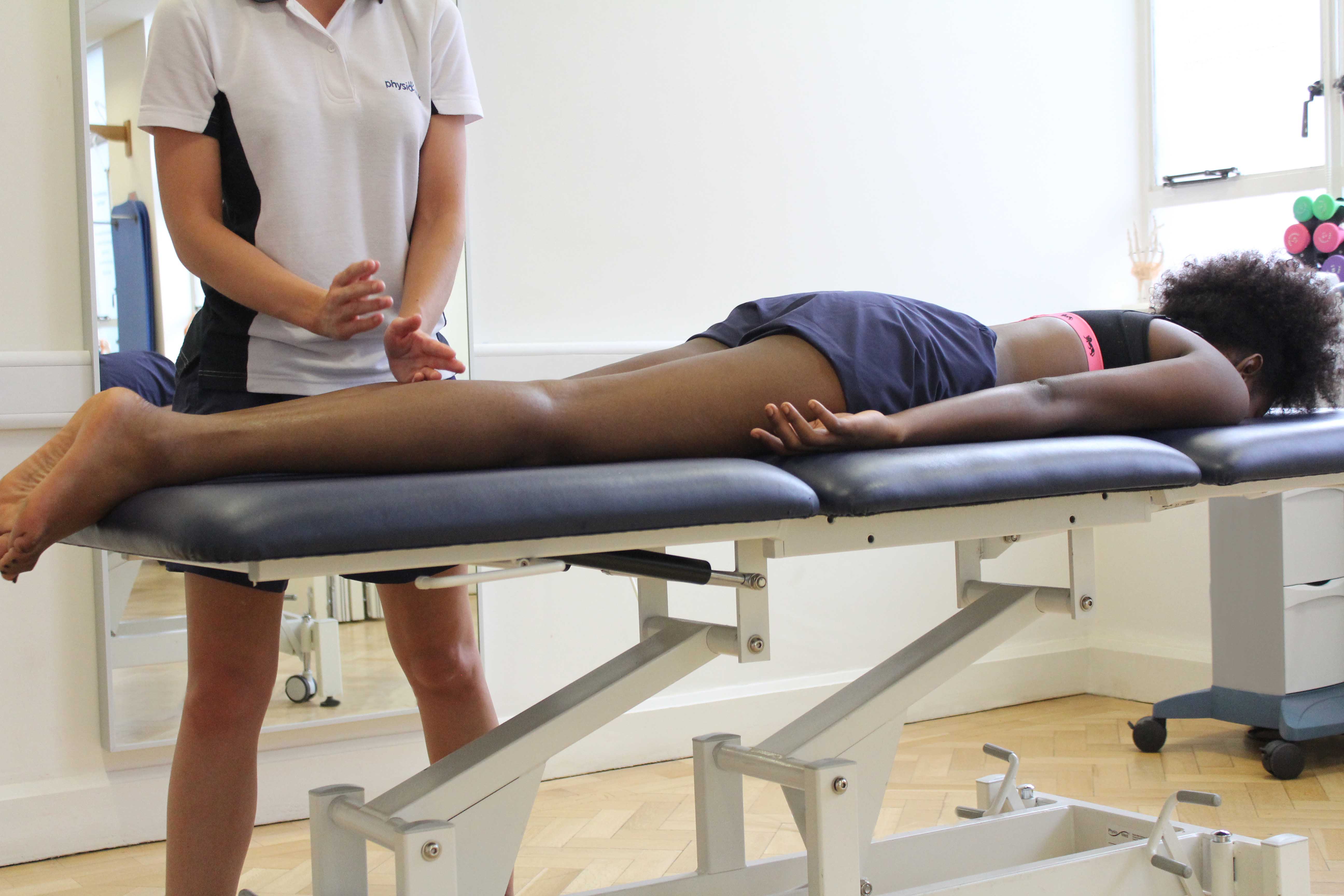 Above: Hacking percussion massage to stimulate increased circulation response
Above: Hacking percussion massage to stimulate increased circulation responseWhat techniques are used to increase capillarisation?
A variety of techniques can be used to increase capillarisation. Techniques used to increase capillarisation include:
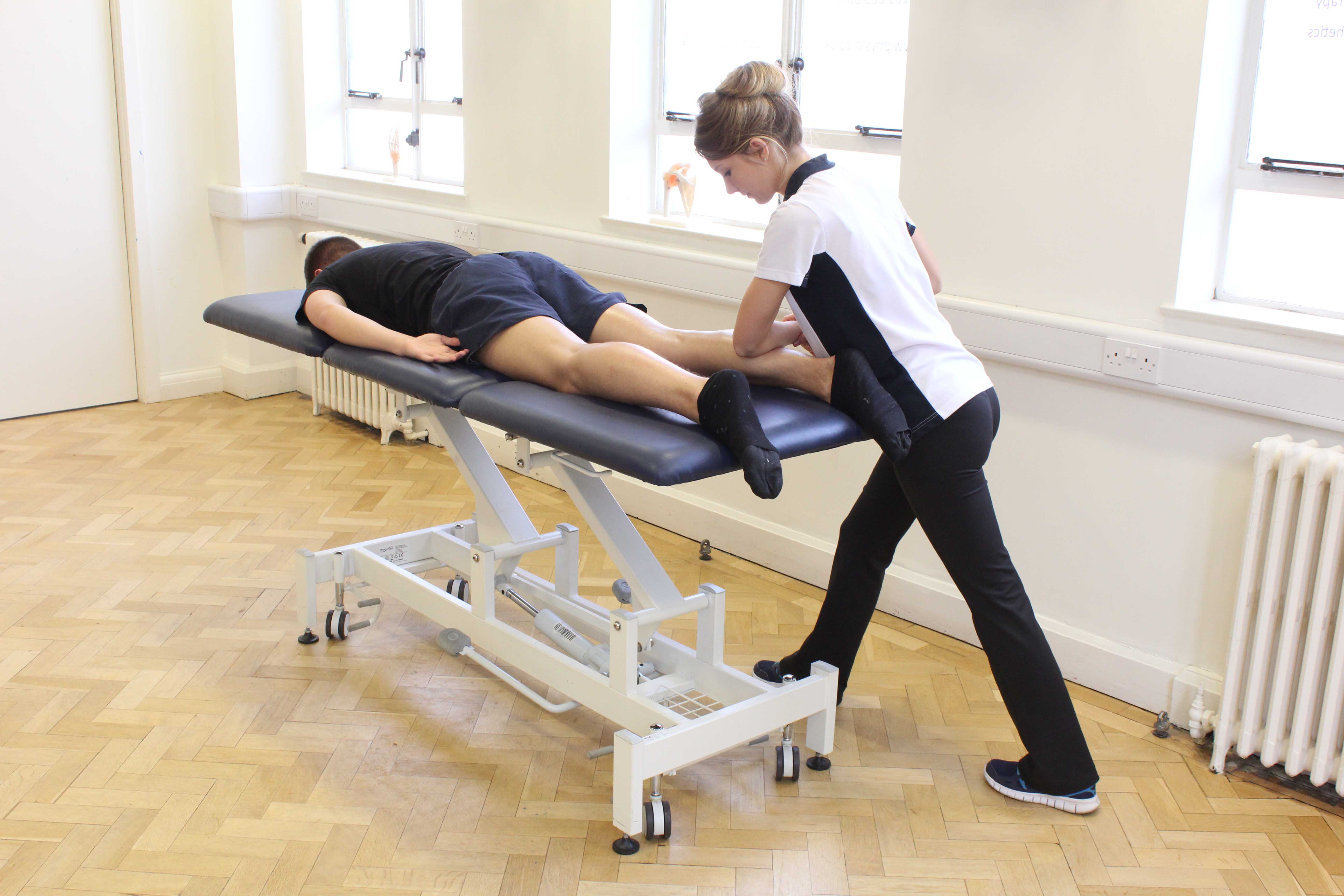 Above: Deep tissue massage of the gastroc nemius to improve circulation
Above: Deep tissue massage of the gastroc nemius to improve circulation Cupping can be used to increase capillarisation. Cupping can be performed using plastic or glass cups. Cupping involves lifting and stretching fascia away from muscles. Fascia is fibrous form of connective tissues that can cause restriction and muscle tightness. Cupping encourages an increase in capillarisation to the muscles, giving the pinking effect on the skin surface. When fascia and muscle are separated, muscle tightness and restriction are both relieved helping to reduce pain. Increasing capillarisation through cupping helps to increase blood flow around the muscles. An increase in blood flow helps to increase muscle and fascia temperature. An increase in temperature helps to further reduce tightness and restriction by increasing tissue elasticity.
Capillarisation can be increased using effleurage. Effleurage is performed using flattened hands and fingers along the soft tissues located around the treatment area. The pressure used during effleurage varies depending on a person's preference. Effleurage encourages an increase in blood flow to help increase muscle temperature. To allow an increase in blood flow around muscles, capillarisation increases. Effleurage helps to decrease muscle tightness as elasticity of tissues increases. Effleurage also prepares the muscles for deeper techniques aimed at getting deeper into muscles.
Kneading is often used to increase capillarisation. Kneading is a technique that encourages an increase in blood circulation by slowly pulling and squeezing soft tissues. Capillarisation is increased to enable an increase in blood circulation to occur. Increasing capillarisation through kneading helps to relieve muscle tightness and tension. The pulling and squeezing actions used during kneading help to increase tissue elasticity and reduce restriction due to an increase in temperature. Increasing tissue elasticity and reducing restriction helps to decrease tightness and reduce pain.
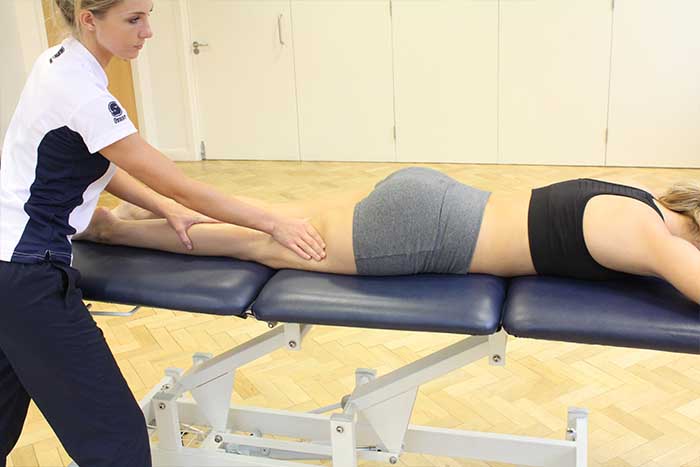
What situation would increased capillarisation help?
Increased capillarisation can help in a variety of situations. Situations in which increased capillarisation can help include:
Increased capillarisation can help treat delayed onset muscle soreness. Delayed onset muscle soreness is a result of microscopic tears within muscles fibres. The microscopic tears can occur for a variety of reasons, the most common being injury or overuse. Delayed onset muscle soreness causes muscles to fatigue resulting in a painful aching sensation in muscles. When capillarisation is increased during a massage, the availability of oxygen to muscles is increased. An increase in oxygen provides the muscles with an increase in energy, decreasing muscular fatigue and pain.
Increased capillarisation can help post event. After an event, muscles tend to be fatigue and a build-up of metabolic wastes such as lactic acid occurs. A build-up of lactic acid further increases muscular fatigue and pain. An increase in capillarisation provides muscles with essential oxygen and nutrients needed to help reduce fatigue and give the muscle an increase in energy. Supplying the muscles with an increase in oxygen and nutrients can also prevent or reduce the effects of delayed onset muscle soreness.
Relaxation can be improved when capillarisation is increased. Relaxation can be physically reduced when muscles are tight and full of tension. An increase in capillaries allows an improvement in blood circulation. An increase in blood circulation helps to raise muscle temperature. A rise in muscle temperature increases tissue elasticity and flexibility, reducing muscle tightness and tension. A reduction in muscle tightness and tension decreases pain and increases relaxation.
Summary
Increased capillarisation involves supplying muscles with an increase in capillaries that increase oxygen availability. There are many benefits of increased capillarisation including the maintenance of healthy muscles, increased healing and improved circulation. Many techniques can be used to increase capillarisation including cupping, effleurage and kneading. Delayed onset muscle soreness, post event and relaxation can all be helped when capillarisation is increased. Our massage therapists at Physio.co.uk use massage to help decrease pain and improve relaxation.
How can I arrange a sports massage to increase capillarisation?
The easiest way to arrange a sports massage to increase capillarisation at Physio.co.uk is to email us at office@physio.co.uk or call us on 0800 033 7800.
Alternatively if you have any questions please feel free to contact us.
We offer a 7 day service and provide home and clinic appointments.

 0330 088 7800
0330 088 7800






































